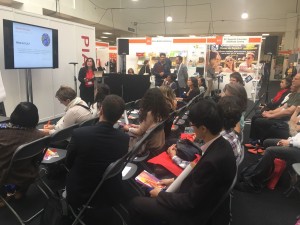CLIL and teachers’ roles
The Content and Language Integrated Learning (CLIL) model is part of the bilingualism paradigm (Garcia, 2009), where different non-language subjects are taught through a foreign, second or regional language, maintaining a balance between the learning of content and the learning of the target language (Coyle, 2010). This model is usually implemented inside the mainstream curriculum and it is fairly widespread all over Europe (Eurydice, 2012).There has been reported a raise in the development of active language skills when students are involved in CLIL lessons, mostly because this model is student-centred (Lorenzo, 2011).
 Obviously this is not the only way to improve language learning in schools. Some effective measures are starting language learning early in primary education, offering more than one foreign language in the curriculum, increasing exposure to foreign languages, splitting student groups to have smaller language classes, using ICT resources or organizing extracurricular activities related to languages (European Commission, 2012).
Obviously this is not the only way to improve language learning in schools. Some effective measures are starting language learning early in primary education, offering more than one foreign language in the curriculum, increasing exposure to foreign languages, splitting student groups to have smaller language classes, using ICT resources or organizing extracurricular activities related to languages (European Commission, 2012).
It is clear all these goals cannot be achieved if teachers are not prepared to shift roles and try different educational challenges in their daily routines. Teachers are the key actors for developing language friendly schools where risk taking, critical thinking and communication skills are fostered. Obviously initial and in-service teacher training can help to change beliefs and ways of teaching, passing from teacher-centred to student-centred classes, where teachers are facilitators of the teaching-learning processes (Kelly and Grendell, 2004).
and try different educational challenges in their daily routines. Teachers are the key actors for developing language friendly schools where risk taking, critical thinking and communication skills are fostered. Obviously initial and in-service teacher training can help to change beliefs and ways of teaching, passing from teacher-centred to student-centred classes, where teachers are facilitators of the teaching-learning processes (Kelly and Grendell, 2004).
